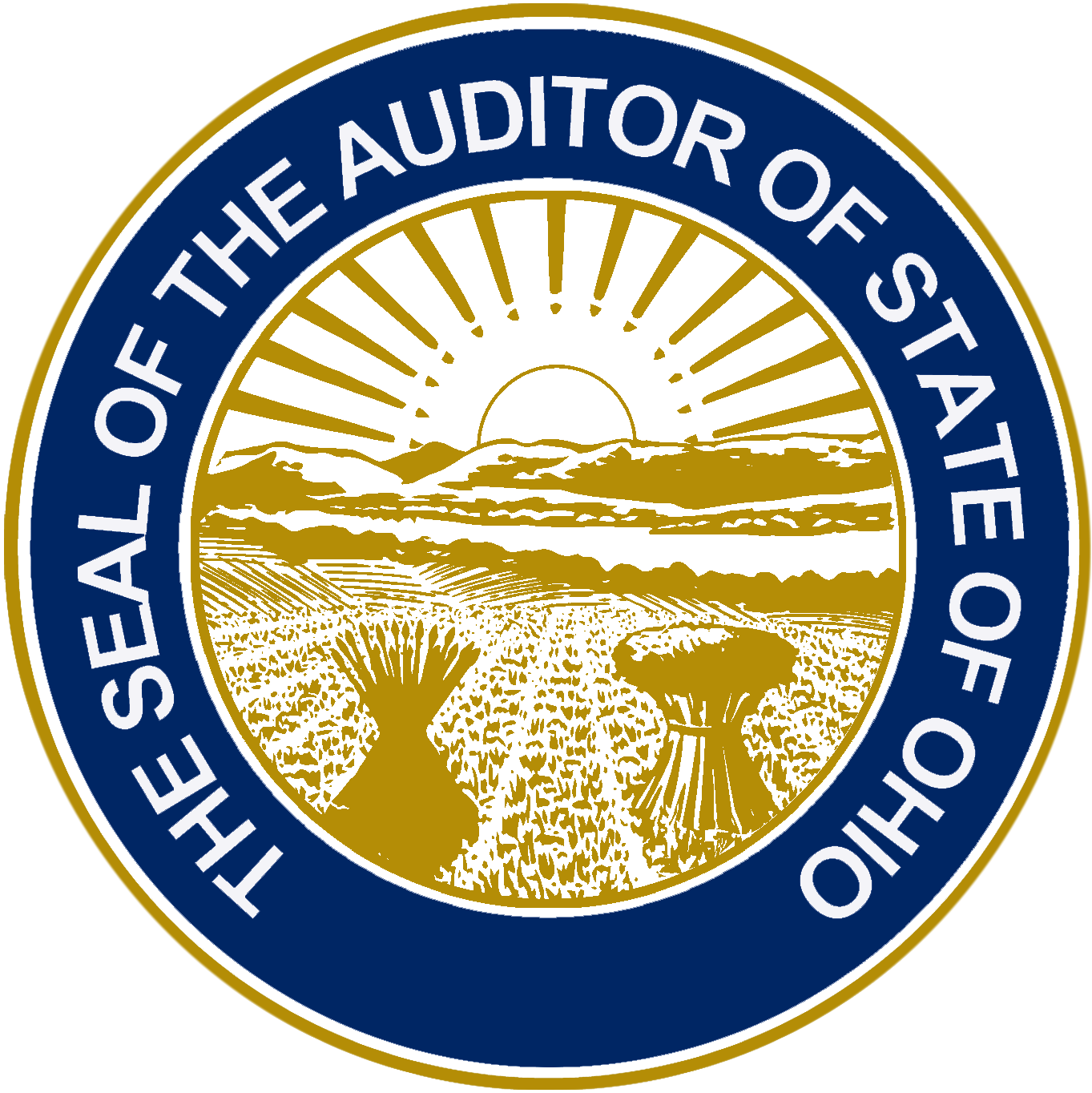
Press Release • Ohio Auditor of State
Ohio Department of Medicaid Moving Toward Electronic Verification Requirement for Some In-Home Provider Services
For Immediate Release
COLUMBUS — More than half of Ohio Department of Medicaid-reimbursed home health services in 2022 were processed without new electronic verifications mandated by the federal government, according to a recent review by the Auditor of State’s Office.
Though the state has spent about $146 million since 2016 to implement the Electronic Visit Verification (EVV) system as part of efforts to address Medicaid fraud, waste, and abuse, compliance remained low because Ohio had not yet required EVV as a condition for payment for personal care and home health care services.
In its response to the Auditor of State, the Ohio Department of Medicaid confirmed it is phasing in EVV requirements next year and that auditors’ recommendations align with its implementation efforts and plans.
The findings are included in an Audit in the Public Interest of EVV released Tuesday by Auditor of State Keith Faber, available online at ohioauditor.gov/auditsearch/search.aspx.
The 21st Century Cures Act, passed in Congress in 2016, requires states to implement EVV for Medicaid-reimbursed personal care services and home health care services that require in-home visits by a provider.
In practice, providers are supposed to submit information electronically when they provide in-home services, including dates, types, locations, and other details of the visits. The Ohio Department of Medicaid began implementing the system in 2016, though Congress did amend the law to extend compliance deadlines.
As part of Tuesday’s Audit in the Public Interest of Ohio’s EVV system, state auditors reviewed data from Jan. 1, 2022, through Dec. 31, 2022, to determine whether Medicaid payments for certain in-home services were supported by electronic verifications and to identify potential barriers to compliance.
Among other findings:
- More than half (56%) of covered services were not processed through the EVV system, meaning paid services were not electronically matched to a verified EVV entry.
- Ohio was among 34 states not requiring EVV during the year reviewed, which contributed to low compliance. A total of 37 of 100 providers in the sample reviewed by auditors did not submit any EVV data.
- About $1.1 billion of $2 billion in paid claims were not matched to an EVV visit.
Auditors recommended the Ohio Department of Medicaid increase communications with providers about the need to use EVV for covered in-home visits, require electronic verification as a condition of payment, and create an electronic scorecard about EVV to share compliance information with providers.
###
The Auditor of State’s Office, one of five independently elected statewide offices in Ohio, is responsible for auditing more than 5,900 state and local government agencies. Under the direction of Auditor Keith Faber, the office also provides financial services to local governments, investigates and prevents fraud in public agencies, and promotes transparency in government.
Public Affairs
Contact: Marc Kovac
press@ohioauditor.gov